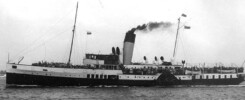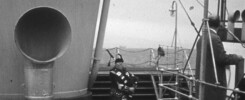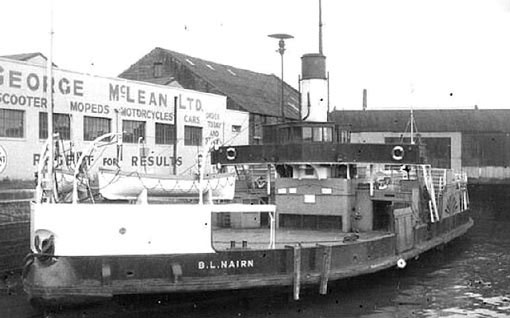
After the Second World War around sixty ferry and excursion paddle steamers were operational on the rivers, estuaries and coast of the UK. Although five were built for service after the war, from 1947 onwards paddlers were withdrawn every single year except 1958 and 1959 right up to the end of the end of the 1960s. Sometimes only one went. More often it was two or three and sometimes four, five or six. In 1966, it was four and by the end of that season only eleven remained in service. There had been a dramatic cull of more than 80% of the British paddle steamer fleets in just two decades.
First to go in 1966 was the workaday B L Nairn, which had provided a ferry service for passengers and cars across the River Tay to and from Dundee since 1929. Unlike most other paddle steamers, her demise was caused not by a falling demand for her services but quite the reverse. As more and more people bought cars in the surging white heat of Harold Wilson’s “Technological Revolution”, a bridge over the Tay was deemed necessary and this effectively sealed her fate. B L Nairn and her consorts, the Voith Schneider propelled Abercraig and Scotscraig, were all withdrawn on 18th August 1966, the day the bridge opened and the Nairn was scrapped at Blyth the following summer.
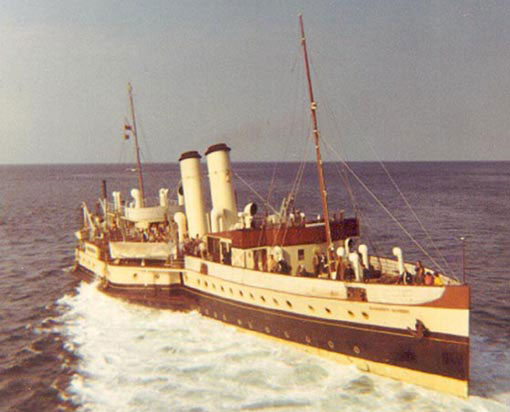
Second to go in 1966 was the Cardiff Queen. She made her last public sailing on Wednesday 21st September, a cruise to Lundy, before laying up the following day. After various hopes for a new career elsewhere she was eventually towed to John Cashmore’s yard at Newport on 9th April 1968 for breaking up.
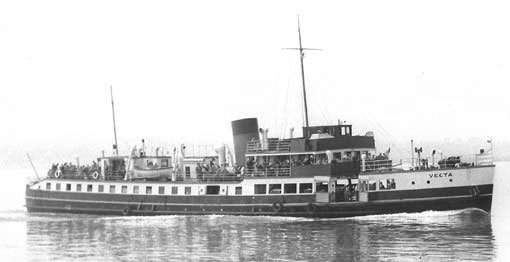
1966 had not been a good summer for Cardiff Queen with various breakdowns and lots of bad weather but her fate had really been sealed by the acquisition of Red Funnel’s Vecta by P & A Campbell in September 1965. Re-fitted in Campbell’s colours for 1966 and with her forward car deck plated up by Cosens at Weymouth, the renamed Westward Ho proved a useful and cost effective addition to the fleet. In a diminishing market there was not room for three excursion ships on the Bristol Channel. One had to go and that one was to be the Cardiff Queen. After an ambitious project to turn her into a nightclub at Newport failed and an even more optimistic idea to put her into service on the Firth of Forth came to nothing before it had started, Cardiff Queen was scrapped at Newport in the early summer of 1968.
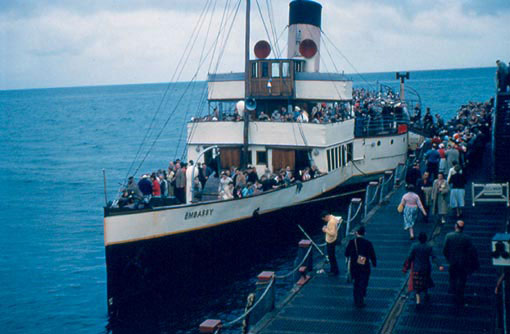
Third to go was the Embassy pictured here alongside Bournemouth Pier.
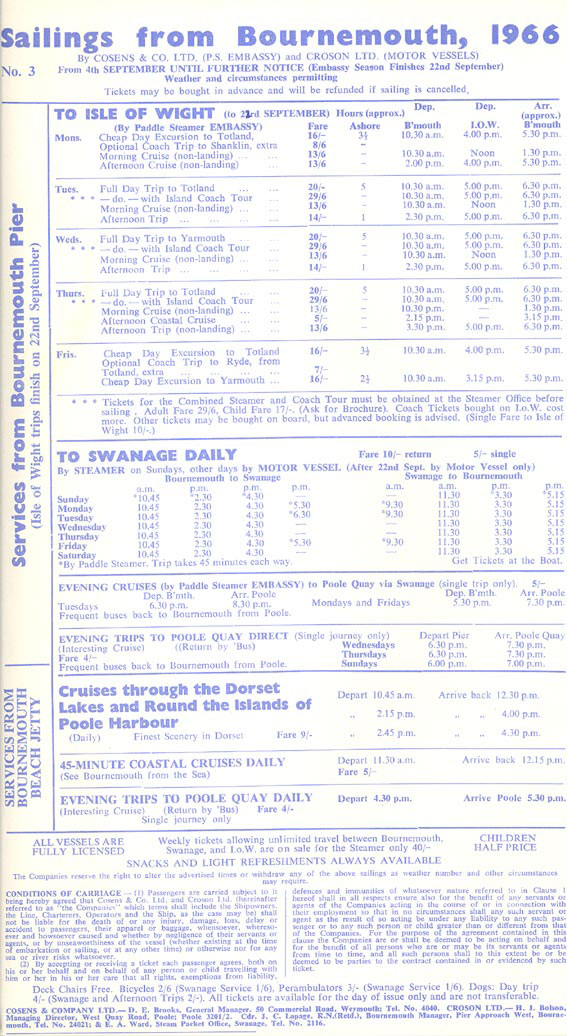
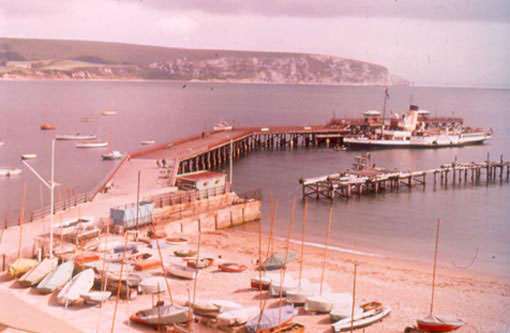
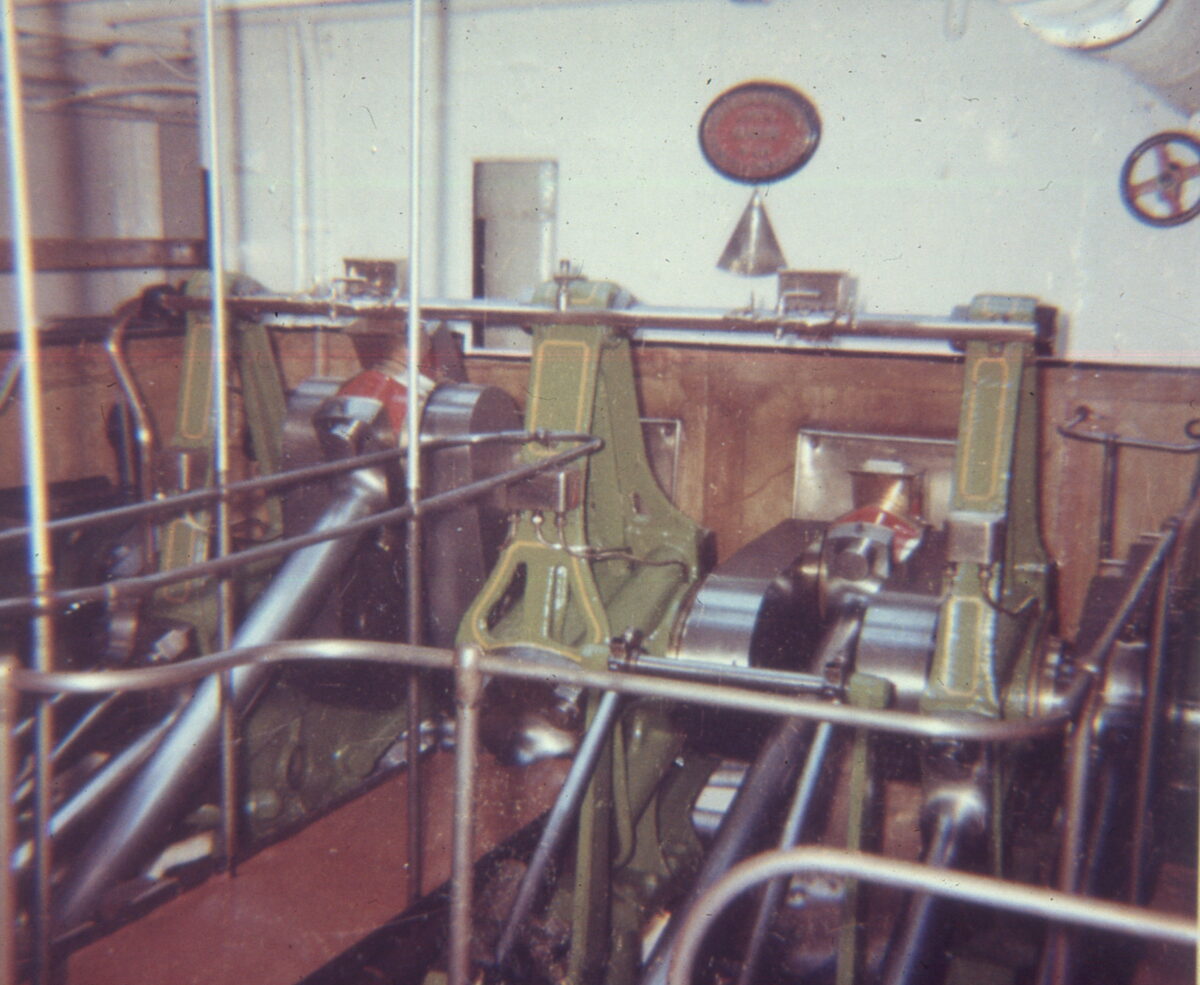
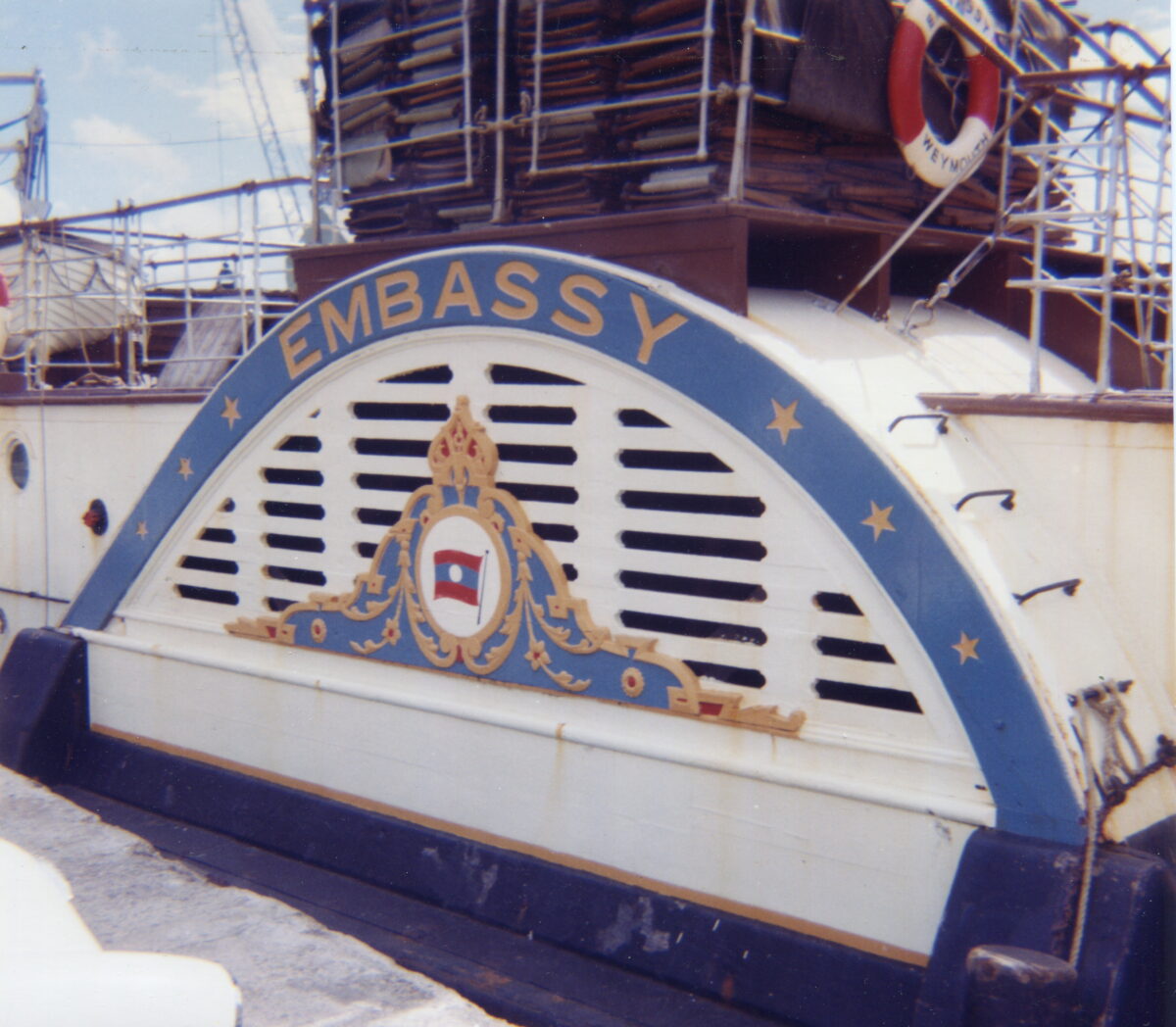
Embassy’s paddle box crest was much more ornate than on any other Cosens paddle steamer. Sadly the one on the port side fell off and was lost during an incident with a yacht in the North Channel near Hurst Point on Thursday 28th July in 1966. Proceeding outward bound from the Isle of Wight, Capt Iliffe was forced to make an emergency stop during which the port paddle wheel suffered damage. Embassy had to be towed back to Poole and was out of service for more than a week whilst repairs were carried out.
On top of the paddle box you can see a pile of deck-chairs. Cosens’ steamers always carried a lot of these which were often stowed in rather exposed places and consequently could be a tad on the damp side when passengers came to sit on them.
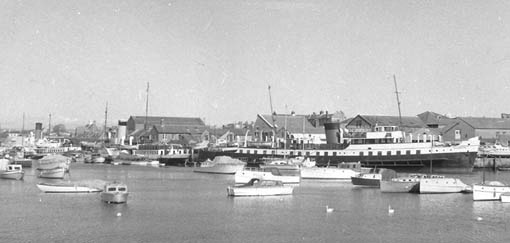
Embassy made her last public sailings on Thursday 22nd September 1966 sailing back to Weymouth that evening and passing through the Town Bridge to lay up in the Backwater the following day. Here she is pictured with the gigantic mainmast acquired for the 1966 season to accommodate a change in the regulations for the positioning of navigation lights. Ahead of her is the Princess Elizabeth which had been withdrawn the previous year and astern is the Balmoral in her Red Funnel Steamers colours undergoing a refit by Cosens.
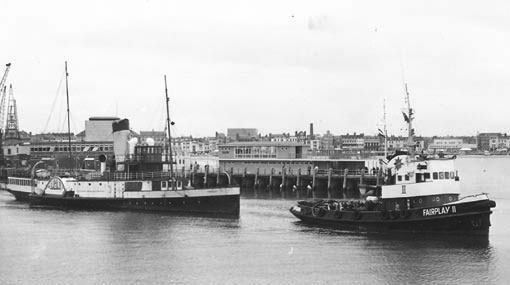
Embassy lay in the Weymouth Backwater until May 1967 when she was towed away to Ghent to be broken up, just about the time of year she would normally have been steaming out of the harbour on her way to Bournemouth to start the new season.
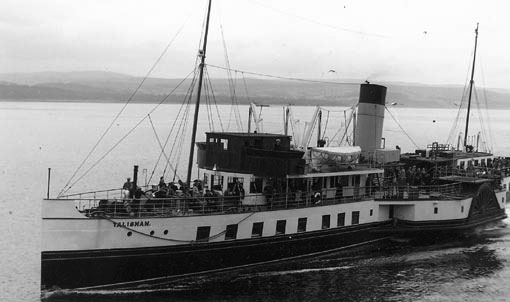
Fourth to be withdrawn in 1966 was the Clyde paddler Talisman. She finished her summer duties at the end of September but was kept on as stand-by vessel at Gourock until 17th November during which time she made a few trips including a charter to students from the University of Strathclyde. After that she was laid up in the Albert Harbour from where she made one further sailing under her own power on 10th August 1967 to the East India Dock before being towed to the breakers at Dalmuir on 17th October 1967.
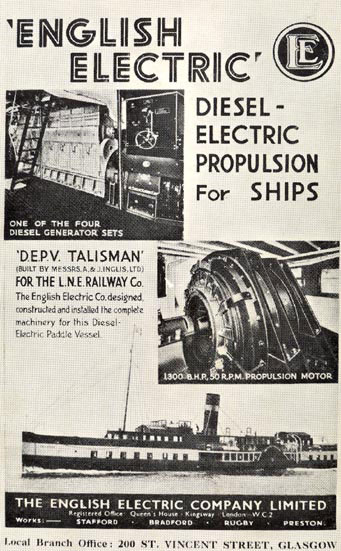
With her Diesel electric propulsion, the Talisman was sometimes seen as a controversial ship. Some hated this sort of machinery in a paddler and it is true that she did have her problems from time to time, culminating in her being re-engined in 1954 but she was a reliable and effective member of the Clyde fleet for the vast majority of her career. Also during the Second World War she spent much time on the high seas sailing around our coasts in all sorts of weather throughout the year on a variety of duties including general convoy protection work.
Ironically Talisman’s fate was sealed by the power of Diesel. In the summer of 1966 the third small Tilbury to Gravesend ferry the Rose became surplus to requirements on the Thames and, under the new name of Keppel, was snapped up to provide additional carrying capacity on Talisman’s old Wemyss Bay to Millport roster on the Clyde at a fraction of the cost.
1966 was therefore not a happy summer for paddle steamer lovers. Four more gone and the writing ever larger on the walls for those few that remained. Perhaps worst of all was the scrapping of the Cardiff Queen. She had been built only twenty years earlier and by the general standards of longevity of paddlers was still a spring chicken and practically new. Imagine the outcry today if a paddle steamer built as recently as 1997 was put to the torch.
Kingswear Castle returned to service in 2023 after the first part of a major rebuild which is designed to set her up for the next 25 years running on the River Dart. The Paddle Steamer Kingswear Castle Trust is now fund raising for the second phase of the rebuild. You can read more about the rebuilds and how you can help if you can here.
John Megoran

